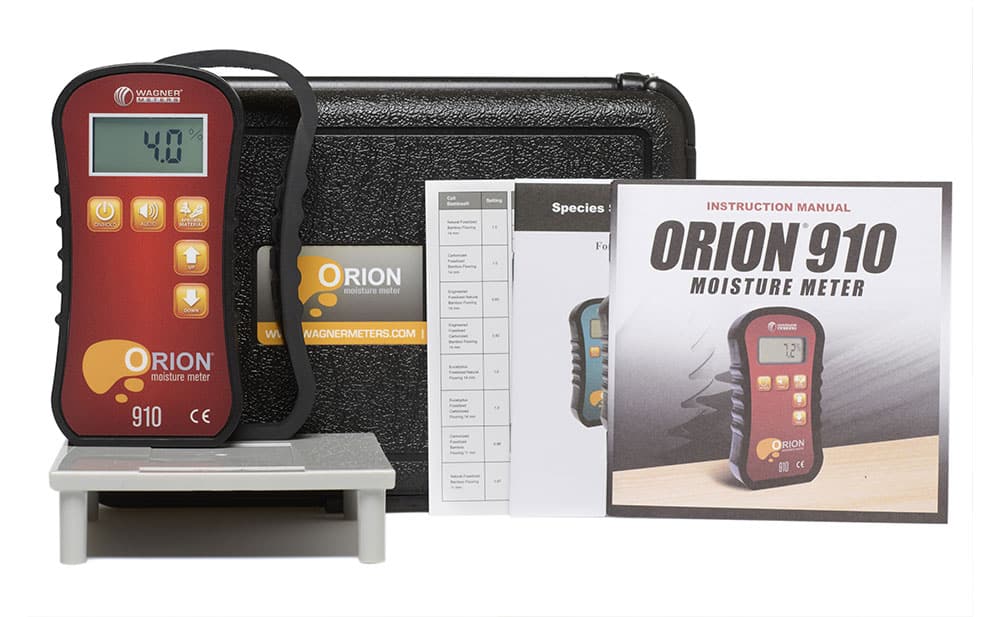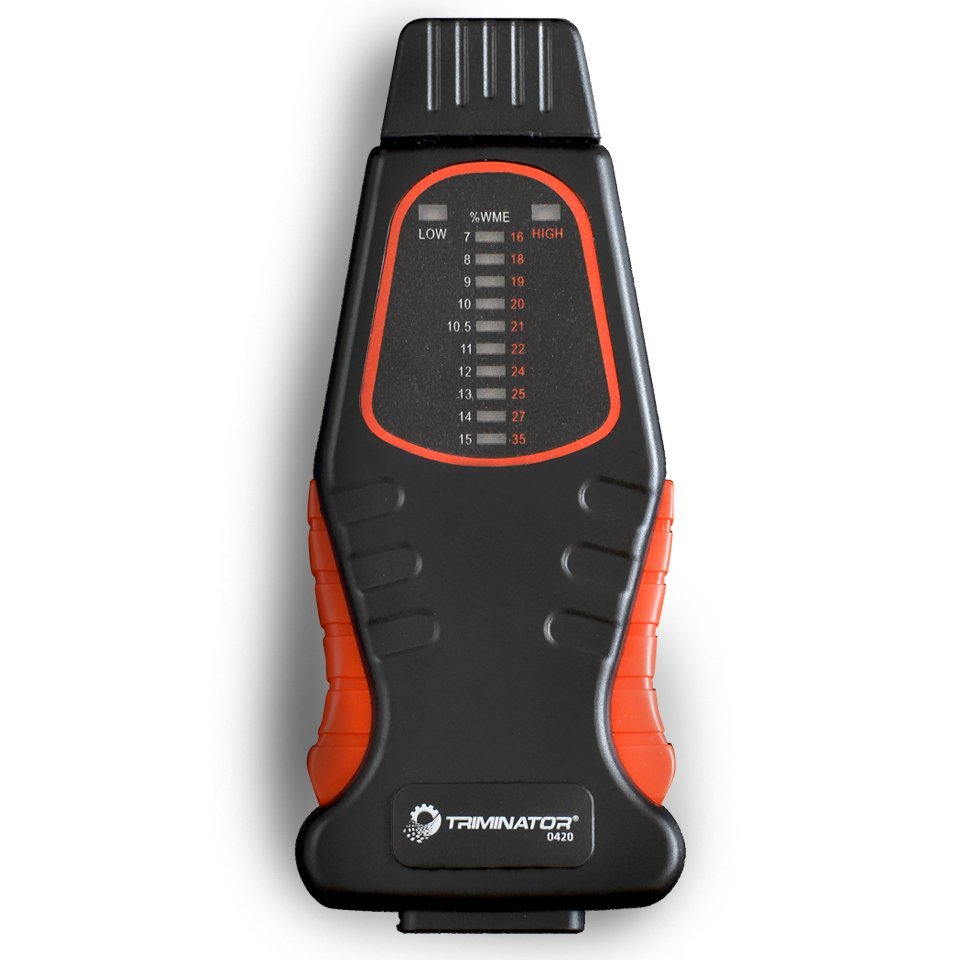Exactly how to Utilize a Moisture Meter to Discover Concealed Water Damage in Your Building
Exactly how to Utilize a Moisture Meter to Discover Concealed Water Damage in Your Building
Blog Article
Look Into the World of Moisture Meters: Everything You Required to Know
In the realm of dampness meters lies a world of accuracy and practicality that typically goes unnoticed. Understanding how moisture meters operate, the different kinds available, and their diverse uses can shed light on their value in guaranteeing top quality and performance.
Just How Moisture Meters Work
Moisture meters operate by determining the electrical conductivity or capacitance of products to determine the moisture web content existing. These meters are indispensable devices across various sectors, consisting of building and construction, farming, and woodworking. By utilizing different approaches such as pin-type or pinless technology, dampness meters give accurate analyses that aid professionals make informed choices.
Pin-type dampness meters work by putting the sharp pins right into the material being evaluated. The electrical conductivity between the pins is then determined, with greater moisture levels leading to raised conductivity. Moisture Meter. On the other hand, pinless wetness meters make use of electro-magnetic signals to scan a larger area without causing any kind of damages to the product's surface. These meters are ideal for promptly evaluating dampness degrees in big areas or completed products.
Despite the approach used, moisture meters play a crucial duty in stopping issues such as mold development, structural damage, or item issues caused by excess wetness. Understanding how these meters work is vital for making certain the quality and integrity of products in various applications.
Types of Moisture Meters
Provided the critical duty moisture meters play in numerous sectors, it is important to comprehend the various kinds available to specialists for properly analyzing moisture levels - Moisture Meter. There are mainly 2 main kinds of wetness meters: pinless and pin-type dampness meters

On the various other hand, pinless wetness meters utilize electro-magnetic sensing unit plates to scan a bigger area of the material without causing any kind of damage. This type appropriates for quickly scanning big locations and is commonly made use of for floor covering, wall surfaces, and ceilings. Pinless meters are practical for taking readings on completed surface areas without leaving any type of noticeable marks.
Both kinds of moisture meters have their benefits and are chosen based on the specific requirements of the task at hand. Understanding the distinctions between these kinds is vital for experts to make accurate moisture analyses.
Applications Across Industries
With diverse functionalities, dampness meters locate extensive application across different industries, helping professionals in guaranteeing ideal problems for materials and structures. In the agriculture sector, wetness meters are invaluable for determining the wetness content in grains, seeds, and hay, guaranteeing high quality control and preventing mold growth. Building and construction specialists rely upon dampness meters to examine the dampness degrees in building products like concrete, drywall, and timber, which is essential for preserving architectural honesty and avoiding problems like rot or mold. The flooring industry makes use of moisture meters to measure the dampness web content in click to read more subfloors prior to setting up numerous flooring, avoiding expensive problems due to excess dampness. In addition, in the food market, moisture meters are made use of to check and regulate moisture levels in products such as grains, nuts, and dried fruits to maintain quality and high quality. Furthermore, wetness meters play an essential duty in the remediation and damage assessment industry by assisting experts attend to and identify water damages in buildings without delay. Throughout these varied sectors, moisture meters are vital devices for guaranteeing the quality, safety and security, and long life of different materials and products.
Tips for Using Moisture Meters
Utilize the moisture meter's calibration settings to ensure exact readings when gauging the moisture content in numerous materials. Furthermore, make sure the meter is established to the right dampness range for the product you are measuring to obtain the most specific outcomes.
When using a pin-type wetness meter, put the pins to the suitable deepness recommended for the product being examined. This guarantees that the wetness readings are drawn from the appropriate depth within the product, giving an extra exact representation of its moisture web content. For pinless dampness meters, keep in mind to maintain proper contact with the product's surface to get reputable analyses.
Frequently inspect and replace the batteries in your wetness meter to stop inaccurate analyses because of reduced power. Store the meter in a secure and completely dry place when not being used to prolong its lifespan and keep its precision. By following these pointers, you can make the most of the efficiency of your wetness meter and obtain exact wetness material dimensions throughout different this post products.
Maintenance and Calibration
To make sure the accuracy of dampness content dimensions, routine upkeep and calibration of the wetness meter are important steps in its appropriate performance. Calibration adjusts the moisture meter to guarantee that it gives trustworthy and regular results.
Calibration should be carried out occasionally, specifically if the dampness meter is made use of often or in essential applications where precise measurements are required. Many dampness meters come with calibration devices or can be calibrated by expert solutions. Moisture Meter. It is suggested to maintain a log of calibration dates and results to track the efficiency of the moisture meter gradually. By preserving and calibrating the dampness meter on a regular basis, users can trust the precision of the dampness content measurements acquired.
Final Thought

To conclude, wetness meters play an important duty in various sectors by properly measuring the my response moisture web content of materials. Understanding just how these gadgets function, the various types readily available, and proper upkeep and calibration are crucial for obtaining reliable results. Whether in manufacturing, building, or farming, using moisture meters aids make sure high quality control and efficiency in processes.

In conclusion, wetness meters play a critical function in numerous sectors by accurately gauging the wetness material of products.
Report this page